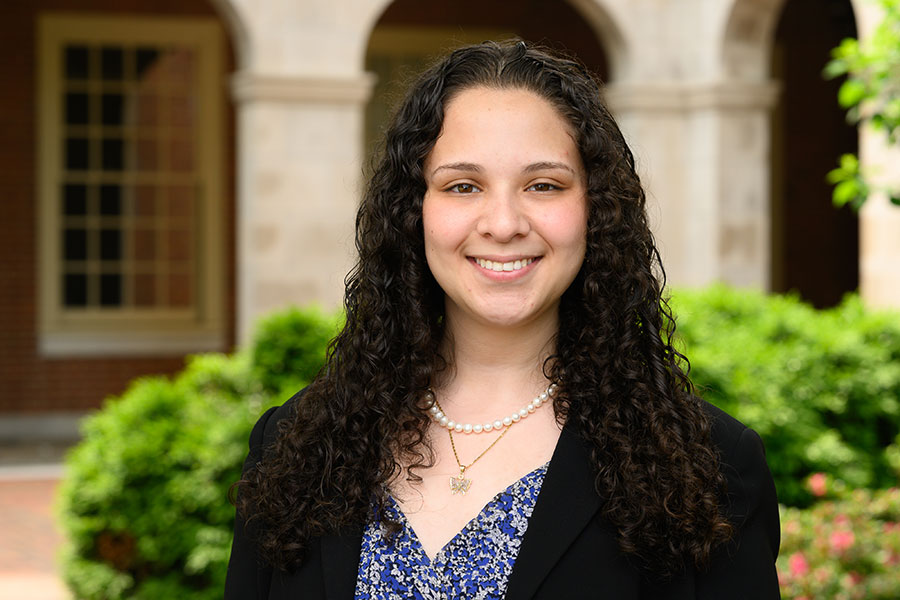Mobility in elderly assessed with iPad
For the one in eight Americans now over the age of 65, mobility is a “vital sign” that should be regularly checked, according to two health and exercise science professors at Wake Forest.
Mobility is closely linked to overall health and quality of life, but health care professionals have not had an easy and effective way to assess it.
To solve the problem, Tony Marsh and Jack Rejeski developed the Mobility Assessment Tool (MAT) with the help of colleagues in the computer science department (Yue-Ling Wong) and Wake Forest University Baptist Medical Center (Eddie Ip).
The MAT is a unique way to assess mobility in older adults using video animation rather than written questions. Created for the iPad and the PC, the MAT takes about four minutes to complete. The score provides information that helps older adults better understand their current mobility and can provide a yardstick to monitor changes in how well they get around.
Using an iPad or PC, older adults watch short videos of animated figures performing everyday tasks such as climbing stairs or walking while carrying a bag of groceries. The videos help senior citizens picture themselves doing these tasks. They then use the touch screen to indicate what they can and cannot do.
Marsh and Rejeski say the MAT is a quick, simple and cost-effective way to accurately measure mobility and may help practitioners plan appropriate interventions to remediate limitations. They envision the elderly getting “activity prescriptions” to improve their physical function based on the results of the Mobility Assessment Test. The MAT could easily be administered in the waiting room before a patient talks to the physician.
The MAT offers some advantages over written questionnaires and can be used when actually having the older adult perform each task is not possible or practical.
“In pilot testing, we found that the animation technology allowed older adults to project themselves into the tasks,” Marsh says. “This removed potential biases that would have occurred if actual people had been filmed doing the tasks.”
Using animation instead of actors also made the tool more adaptable and less expensive. In addition, the touch screen technology dramatically decreases the time of test taking.
The authors said that the animation technology allows for great flexibility in altering the form, speed and environmental parameters of mobility-related tasks, opening up a wide range of possibilities for future research questions.
“This is a tool that could be used quickly in a physician’s office or out in the field,” says Rejeski, who has found the MAT to be useful in his research on older adults and mobility.
Marsh and Rejeski have recently published two studies supporting the video animation tool’s effectiveness in measuring mobility and they have presented their findings at a recent Gerontological Society of America conference. The MAT will be used by researchers involved in the LIFE study, a major multi-year project funded by the National Institutes of Health that is designed to determine the effects of physical activity and successful aging interventions on major mobility disability. Recently Marsh and Rejeski have been asked to collaborate in a cross-cultural study of mobility in older adults with researchers from Canada, Brazil and Columbia that will use the MAT.
Categories: Research & Discovery, University Announcements
Media Contact
Wake Forest News
media@wfu.edu
336.758.5237



